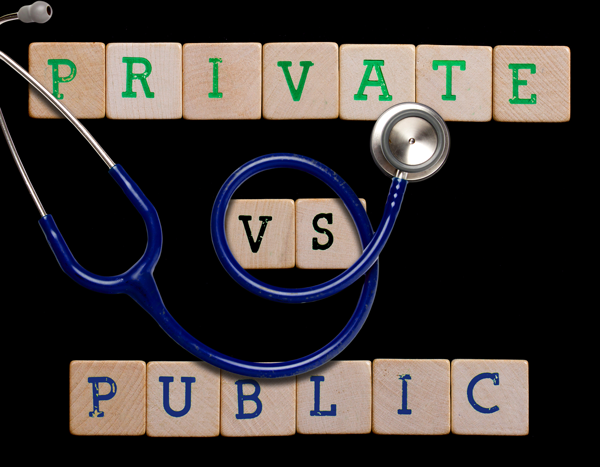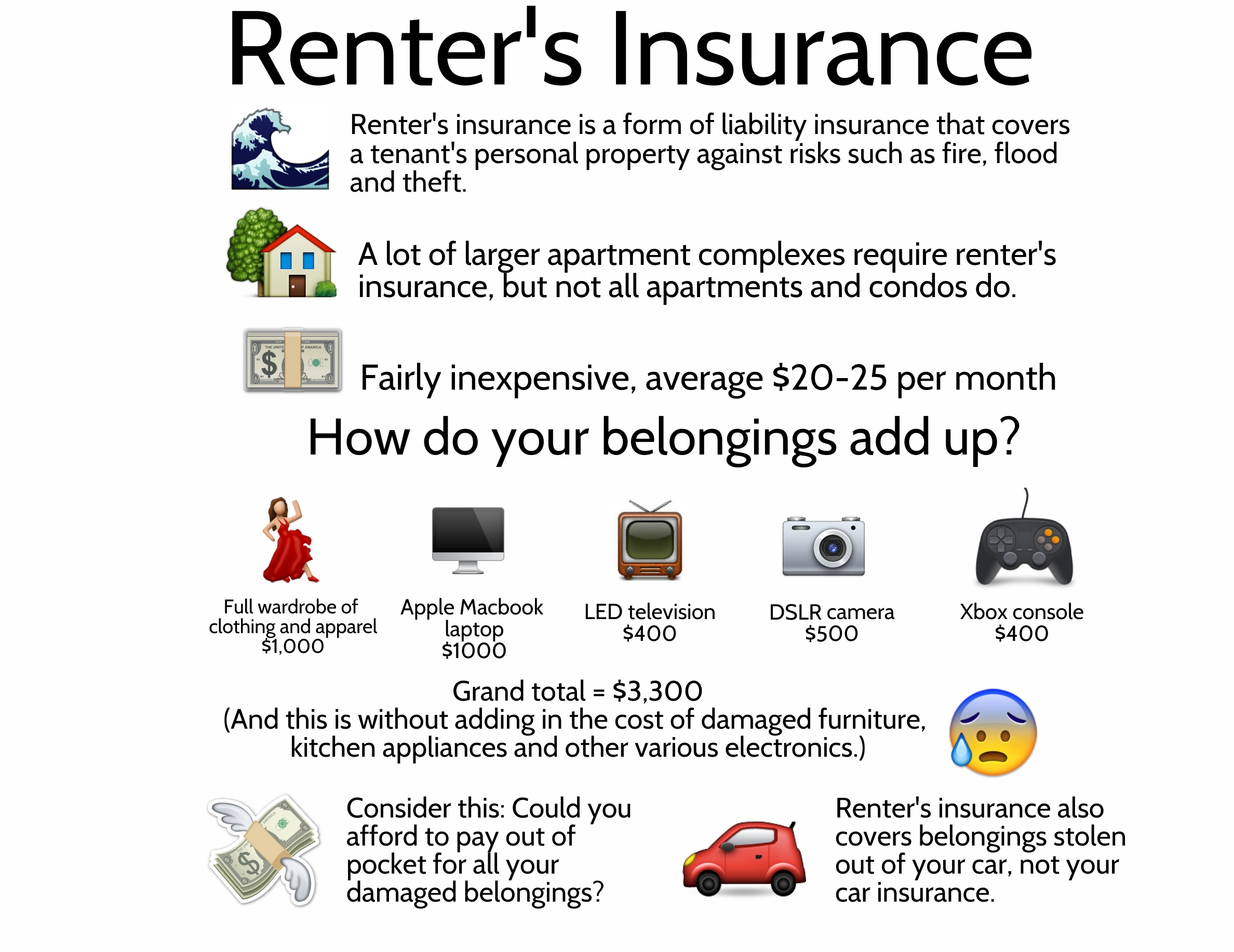The Differences Between Private and Public Insurance

Anúncios
Navigating the realm of health insurance can be a complex undertaking, particularly when attempting to comprehend the distinctions between private and public options.
This guide provides a comprehensive breakdown of the fundamental aspects of both types of insurance, beginning with clear definitions and overviews. It offers a comparison of coverage and costs to facilitate well-considered choices, examines eligibility and enrollment processes, and evaluates the advantages and disadvantages of each option.
Whether you are exploring insurance options for yourself or your family, this guide aims to equip you with the necessary knowledge to select the most appropriate insurance plan.
Understanding Private and Public Insurance
Understanding the distinctions between private and public insurance is essential for making informed decisions regarding health coverage.
Anúncios
Private insurance typically includes employer-sponsored plans, individual insurance options, and group insurance, offering flexibility and customized coverage based on consumer preferences.
In contrast, public insurance consists of government programs such as Medicare and Medicaid, which are designed to ensure healthcare access for specific populations.
Both systems operate under different regulatory frameworks and present unique benefits and challenges that influence policyholders, affordability, and overall access to healthcare.
Definition and Overview
Private insurance refers to healthcare coverage provided by entities in the private sector, whereas public insurance includes government-funded programs such as Medicare and Medicaid, which are designed to offer coverage for eligible individuals.
Understanding the distinctions between these two categories is essential for anyone navigating the intricate realm of health insurance. Private insurance typically encompasses a variety of plans, including employer-sponsored coverage, individual health plans, and options available through the Health Insurance Marketplace.
Conversely, public insurance is primarily structured to ensure access to essential healthcare services for specific populations, including low-income individuals, seniors, and persons with disabilities.
Each type of coverage is associated with different eligibility criteria, benefits, and out-of-pocket expenses. Therefore, it is imperative for prospective policyholders to conduct comprehensive research on their options and assess which coverage best aligns with their healthcare requirements.
Coverage and Cost Comparison
A comprehensive comparison of coverage and costs between private and public insurance is crucial for understanding the financial implications associated with each option.
Private insurance typically features a range of premium rates, deductibles, and co-pays, which may result in substantial out-of-pocket expenses for policyholders. Conversely, public insurance tends to be more affordable due to government funding; however, it also encompasses structured premiums and varying coverage limits that can influence access to healthcare services.
What is Covered and How Much It Costs
The coverage offered by private and public insurance differs significantly, impacting the overall healthcare costs for policyholders. Private insurance plans generally provide a variety of coverage options, which may include essential health benefits and supplemental insurance, but they typically come with higher premium rates and deductibles compared to public insurance.
On the other hand, public insurance prioritizes affordability and accessibility, often encompassing a comprehensive package of essential health benefits such as hospitalization, preventive care, and prescription medications. These public plans generally feature lower premium rates and out-of-pocket expenses, making them attractive to individuals in search of cost-effective solutions.
However, the extent of coverage may vary, potentially limiting choices regarding providers and treatment options.
It is essential for policyholders to understand these distinctions, as they must navigate the relationship between premiums, deductibles, and co-pays to determine which insurance option best aligns with their healthcare needs.
Eligibility and Enrollment Process
Navigating the eligibility and enrollment process for private and public insurance can be intricate; however, comprehending the requirements is crucial for obtaining suitable health coverage.
Each insurance option features specific enrollment periods, eligibility criteria, and potential financial assistance opportunities available through the insurance marketplace or government programs, all of which significantly affect consumers’ access to healthcare.
Requirements and Application Procedures
Understanding the requirements and application procedures for both private and public insurance is essential for ensuring successful enrollment and adequate coverage. Private insurance often necessitates the provision of detailed personal information and may involve underwriting processes, whereas public insurance typically has specific eligibility criteria based on income and family size.
The distinctions in the documentation required can significantly influence the application journey. For private insurance, individuals may need to submit proof of income, identification documents, and occasionally health history to facilitate accurate risk assessment. In contrast, public insurance applications generally require simpler documentation, primarily focusing on income verification and household composition.
Eligibility criteria also vary considerably; while private insurance typically accommodates a broader demographic, public options often target lower-income families or individuals. Navigating the enrollment process can appear daunting, but comprehending these nuances can simplify the experience, enabling applicants to secure the appropriate coverage they require.
Pros and Cons of Private Insurance
Private insurance presents several advantages, including a diverse array of coverage options and the possibility for personalized care through various insurance providers.
However, it also entails disadvantages, such as elevated premium rates and out-of-pocket expenses.
Thus, it is imperative for policyholders to thoroughly evaluate the benefits and drawbacks when considering private health insurance.
Advantages and Disadvantages
The advantages of private insurance encompass enhanced consumer choice and often expedited access to services, whereas the disadvantages may include elevated premium rates and potential coverage gaps for policyholders.
For example, consumers have the opportunity to select from a broader range of healthcare providers and specialists, which can lead to more personalized treatment options and significantly improve their overall healthcare experience.
However, these advantages are accompanied by a financial burden; many policyholders encounter substantial premiums that may place considerable strain on their budgets, particularly for individuals with pre-existing conditions.
Additionally, there may be restrictions on coverage that result in out-of-pocket expenses, such as deductibles and co-pays, which can dissuade some individuals from pursuing necessary medical care.
Ultimately, these considerations have a profound impact on an individual’s decisions regarding health insurance, making it essential to evaluate both the benefits and drawbacks when navigating the complexities of private insurance.
Pros and Cons of Public Insurance
Public insurance, encompassing government programs such as Medicare and Medicaid, offers both advantages and disadvantages that substantially impact healthcare access for eligible policyholders.
While these programs typically provide lower costs and more comprehensive coverage, it is essential to acknowledge the potential limitations and coverage gaps that may arise.
Advantages and Disadvantages
The advantages of public insurance include its affordability and extensive service availability through government programs; however, disadvantages may involve stricter eligibility criteria and potential limitations in coverage options.
These factors significantly influence the overall landscape of healthcare access. Individuals who qualify for these programs typically experience reduced out-of-pocket expenses and gain access to a wide range of essential services.
Unfortunately, certain groups may be excluded due to stringent eligibility guidelines, which can vary significantly based on region and income levels.
While some public insurance plans offer comprehensive coverage, others may impose restrictions on access to specialty services or result in longer wait times for treatment. This duality underscores how public insurance can either enhance or impede an individual’s healthcare journey, depending on their specific circumstances and needs.
Frequently Asked Questions
What is the main difference between private and public insurance?
The main difference between private and public insurance is the source of funding. Private insurance is typically funded by individuals or employers, while public insurance is funded by the government.
Are there differences in coverage between private and public insurance?
Yes, there are often differences in coverage between private and public insurance. Private insurance plans may offer more comprehensive coverage options, while public insurance may have more limited coverage.
Can anyone enroll in private insurance?
No, not everyone is eligible for private insurance. Private insurance is typically obtained through employment or purchased independently, while eligibility for public insurance is often based on income and other factors.
What are the costs associated with private and public insurance?
The costs of private and public insurance can vary. Private insurance may have higher premiums, deductibles, and co-pays, while public insurance may have lower or no cost options for those who qualify.
How do private and public insurance differ in terms of provider options?
Private insurance plans often offer a wider range of provider options, including access to private hospitals and specialists. Public insurance may have more limited provider networks.
Is there a difference in the quality of care between private and public insurance?
The quality of care can vary between private and public insurance. Private insurance may offer more personalized and timely care, while public insurance may have longer wait times for appointments and procedures.


